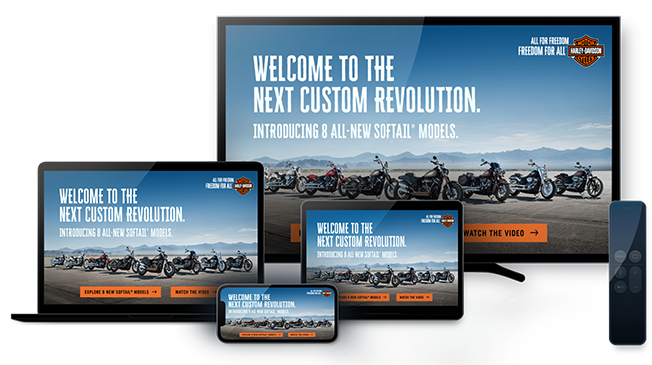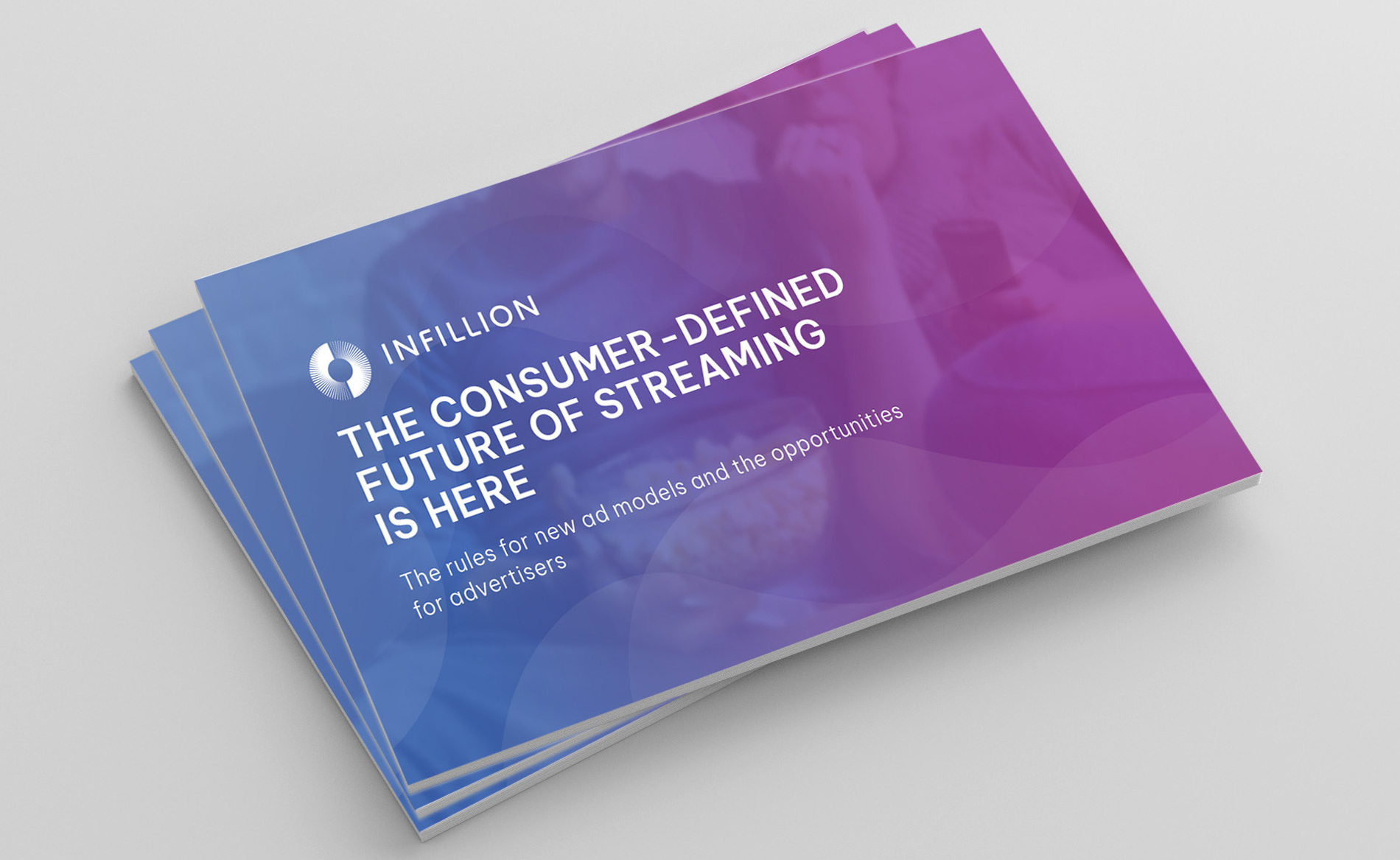Hello. Do I Have Your Attention?
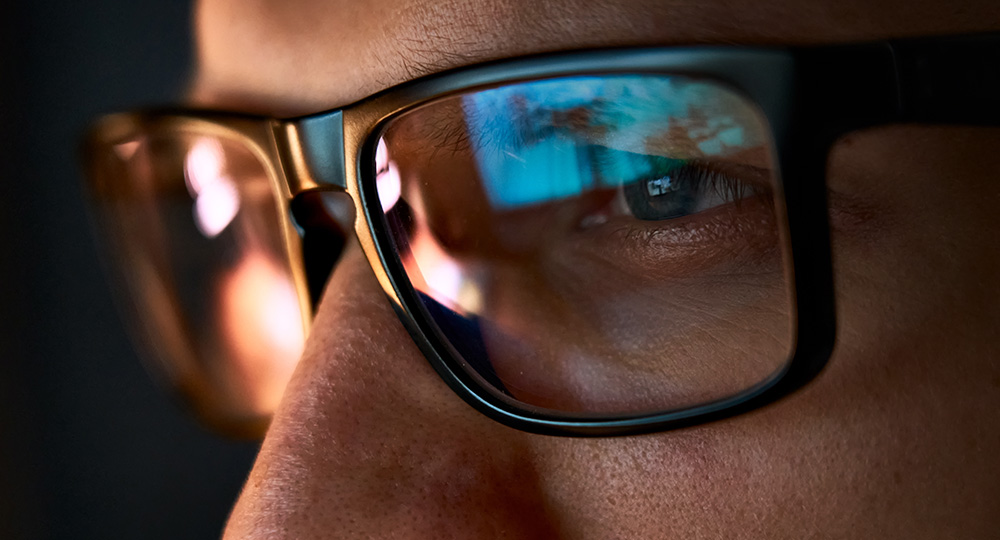
There’s nothing like connecting with your audience in the places they already are. Historically, that’s what has made TV advertising so effective. Viewers are already zoned in to their screens. They know ads are coming. And because millions of people are watching television at any given moment, advertisers can reach a huge audience at scale. But is that enough to get through to your target customer?
Attention spans are dwindling. The average person focuses on one thing for just 8.25 seconds—that’s 4.25 seconds less than in 2000. Content overload certainly isn’t helping matters, as we see nearly 10,000 advertisements in a single day! What’s more, the rise in CTV is making it even harder for brands to win their customers’ attention and cut through the noise created by other companies.
Our recent IPSOS report shares more on new ad models and the future of consumer-defined advertising, which you can download here. Or, keep reading to see how attention metrics play a role in increasing engagement via CTV.
Most Consumers Are Watching Ads, but Not Paying Attention
Our research found that 61% of consumers divert their attention to something else when an ad airs. Multitasking or getting up to stretch or going to another room are the most common ways people avoid ads. Also, 39% admitted they muted ads when they came on, even if they had no intention of doing anything else.
However, our research also found that 34% of consumers always or usually watch advertisements. Another 28% were on the fence, saying they sometimes watch ads. For many consumers, attention spans change when it comes to commercials. It’s hot and cold, up and down, back and forth. Despite so many consumers diverting their attention to other things, advertisers can still reach a potential 62% of viewers. The key is to learn how to capture attention before consumers decide they’re ready to tune out.
Ad Frequency Compounds the Problem
Repetition can be a good thing. It’s a learning aid that helps build familiarity and improve recall. Brands have latched on to this fact for years, thinking that frequency will help them build top-of-mind awareness and brand recall. They’re right, but that’s not always a good thing.
Overwhelming ad frequency is becoming a big problem. In our study, 73% of consumers say they see the same ads over and over. This can lead to consumers tuning them out—there’s nothing new or exciting about seeing more of the same.
Overcoming the Ad Attention Deficit
Getting through consumers’ internal ad blockers requires a higher level of creativity and engaging content. Sixty-four percent of consumers say they will watch ads when they’re entertaining, followed closely by relevant and funny.
How can advertisers put all of the above into motion? Download our report to learn more.
Subscribe to our blog:
Related Posts:
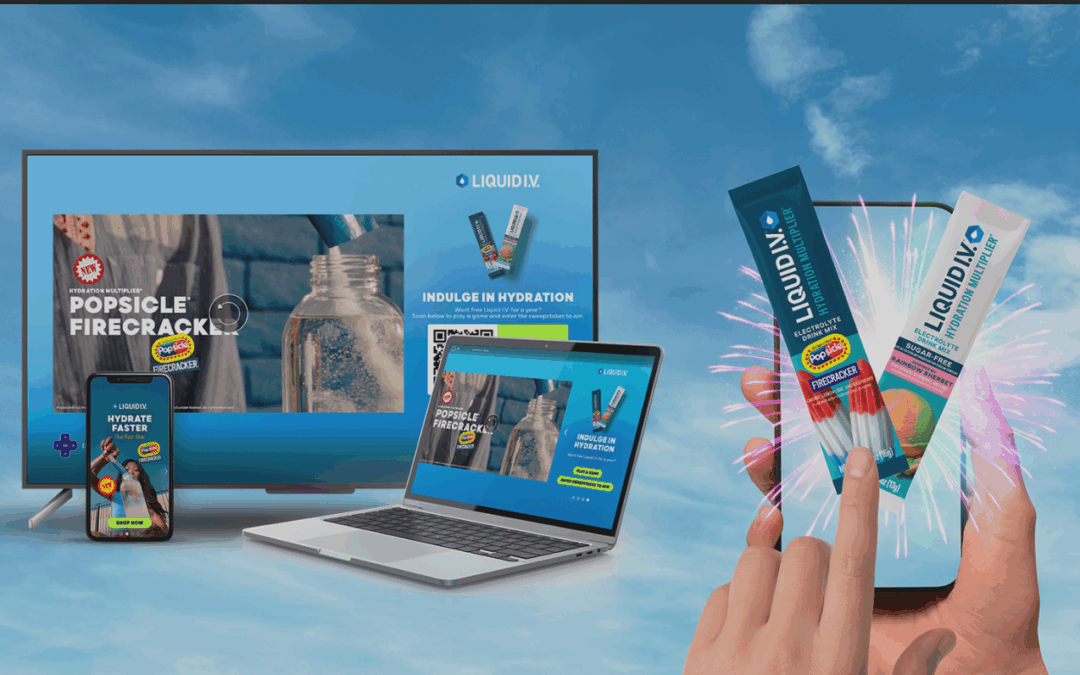
Liquid I.V. Case Study: From Summer Slump to Record-Breaking Growth
Imagine getting 40% brand preference lift with one campaign. That’s not a typo. In a single seasonal campaign, Liquid I.V. tripled the beverage category average for brand preference — and did it during the hardest months to reach consumers. The Challenge Summer means...

The World Cup Comes Home: Why 2026 Should Be A Defining Moment for Your Brand
When the World Cup lands in North America in 2026, it will bring the world’s biggest sporting event to the forefront of American media consumption. The last time the World Cup took place, in Qatar in 2022, matches aired during early morning and midday hours in the...
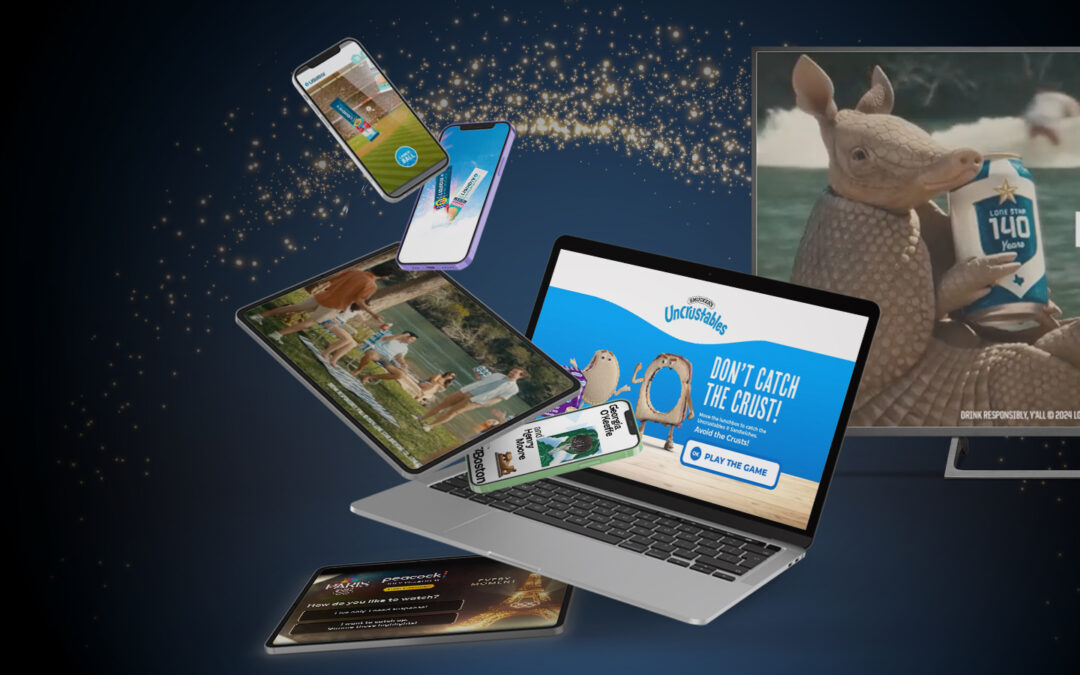
The Coolest Ads We Built In 2024
2024 was a year of continuous innovation at Infillion. Our work ran the gamut from boutique ads designed for live, in-person audiences, to streamlined ad experiences built for broad consumption and easy production. In short: it was a year full of work of which we’re...
Let's Connect
We can help you create the personalized ad experiences viewers expect.
